New crime maps show Sydney suburbs where offenders live including drug dealers and users
WHILE the Sydney CBD and eastern suburbs dominate the list for cocaine use in Sydney, new data shows many coke dealers call western Sydney home. See how your suburb rates with our INTERACTIVE MAP.

Wentworth Courier
Don't miss out on the headlines from Wentworth Courier. Followed categories will be added to My News.
DRUG dealers selling ice, cannabis or narcotics work close to home. But it seems cocaine dealers commute.
An analysis of official crime data reveals that while the Sydney CBD and eastern suburbs dominate the list for cocaine trafficking and dealing reports, many coke dealers call western Sydney home.
The data released to NewsLocal from the NSW Bureau of Crime Statistics (BOCSAR) records the suburbs where alleged offenders or Persons of Interest (POIs) — who had legal action commenced against them by police — reside.
POIs may not have been convicted in court but were proceeded against in some way by police.
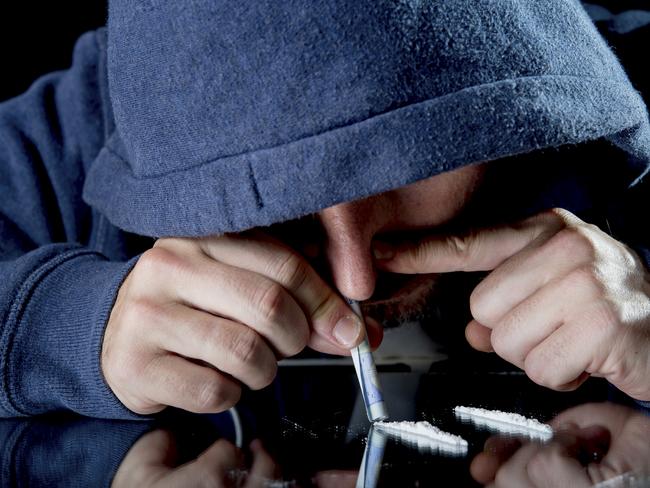
The top six locations for cocaine trafficking/dealing offences between 2011 and March 2017 were Sydney (119), Surry Hills (94), Darlinghurst (68), Potts Point (60) and Bondi Beach and Bondi Junction (both 45).
During the same period, Guildford in Sydney’s west was home to the most people suspected or charged with cocaine dealing/trafficking.
In all, 46 POIs — including 21 last year — were identified.
Also on the list was Long Jetty (33) on the Central Coast, Auburn (26) and Greenacre in Sydney’s southwest (23). Darlinghurst was the only inner city suburb in the top five.
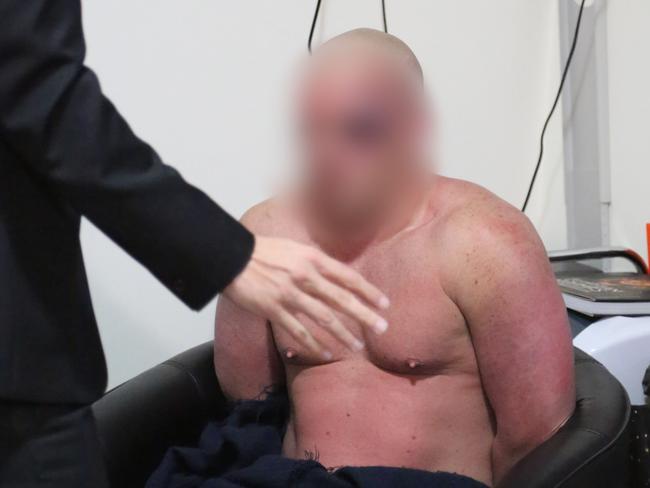
Police Minister Troy Grant has revealed he wanted NSW to be the first state to include cocaine in roadside drug tests. It will be part of a plan to crack down on the abuse of the drug in the richest suburbs.
Rose Bay crime manager detective Chief Inspector Damian Henry said police were proactively dealing with Double Bay’s high cocaine usage.
Ten people were charged with possession and or use of cocaine in the suburb in 2011, compared with 118 in 2016.
POLICE GO AFTER SYDNEY’S COKED UP EASTERN SUBURBS
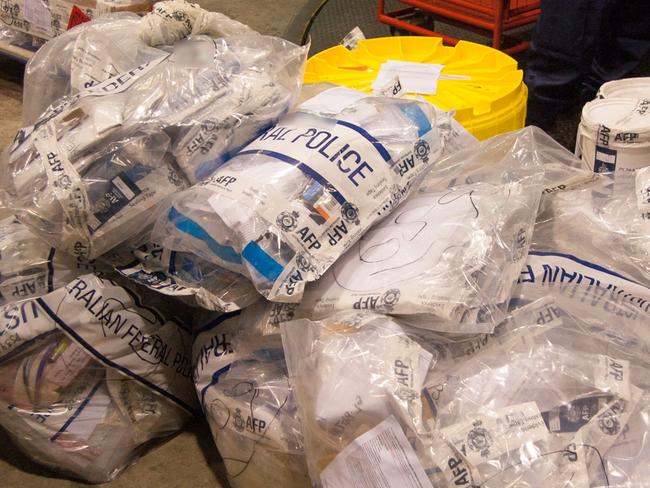
For other drug dealing offences there was a greater correlation between the home suburb of offenders and the location of the reports for amphetamine, narcotics and ecstasy dealing/trafficking.
For amphetamine offences Redfern topped both lists and Waterloo was the narcotic capital.
Experts said dealers traffic in a variety of drugs with markets for different substances spread across Sydney.
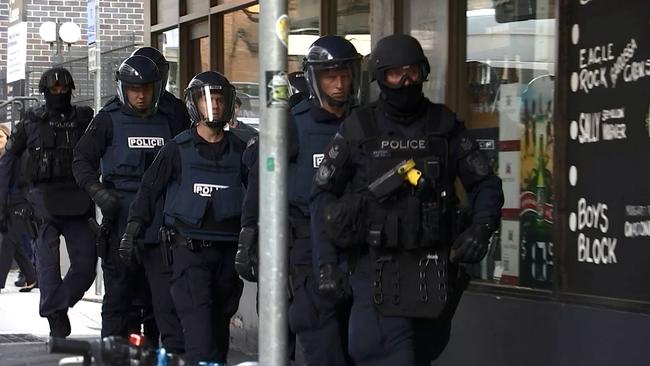
The map below shows total drug dealing POIs living in a postcode between 2011 — March 2017 proceeded against for nine drug dealing-related crimes: Cultivate cannabis, import drugs, manufacture drugs, deal or traffic amphetamines, cannabis, cocaine, narcotics, or other drugs. (Zoom in or out to find your suburb or type in your postcode.)
DRUG DEALING POIS BY POSTCODE (2011 TO MARCH 2017):
Source: NSW Bureau of Crime Statistics
Australian Drug Law Reform Foundation president Dr Alex Wodak said cocaine was used mostly by people in the east and north of Sydney on high incomes while people in the western suburbs “are more at the wholesale end”.
“People on middle and low incomes use cocaine as a kind of champagne drug, for special occasions (and) generally use cheaper drugs like amphetamine which is readily available,” Dr Wodak said.
“It may be that people in the western suburbs are more at the wholesale end and affluent people, from the east, who mix easily with their customers are working at the retail end.”
Drug dealing operates like any other market and is “enabled” by institutions such as banks and casinos which launder dirty money.

CANNABIS STILL THE TOP ILLICIT DRUG
The most prevalent crime pursued in Australia is illicit drug use and supply, with cannabis the top illicit drug and 90.7 per cent of all drug arrests for use or possession, the Illicit Drug Data Report, released in June 2017, by the Australian Criminal Intelligence Commission (ACIC) found.
Cannabis was the main drug receiving NSW Police attention, with arrests up six per cent to 17,809 in 2015/16.
Police took action against people for possession of cannabis more than 89,000 times in the past six years with stoners topping the list of offenders in more than 410 NSW suburbs.
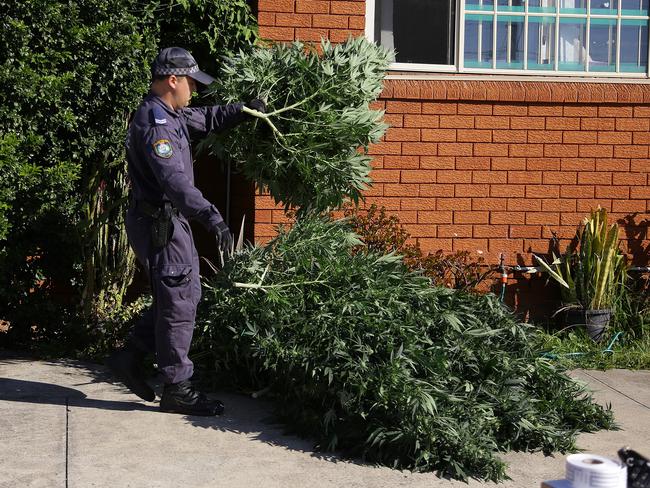
In many cases this was by way of a caution which does not proceed to a conviction.
Top offences were counted for suburbs where at least five POIs were recorded between 2011 and March 2017 and excludes transport regulation offences, such as not having a valid train ticket.
But the increase in drug arrests does not necessarily reflect an increase in drug use, simply more police activity, criminologist and Sydney University senior lecturer Dr Garner Clancey said.
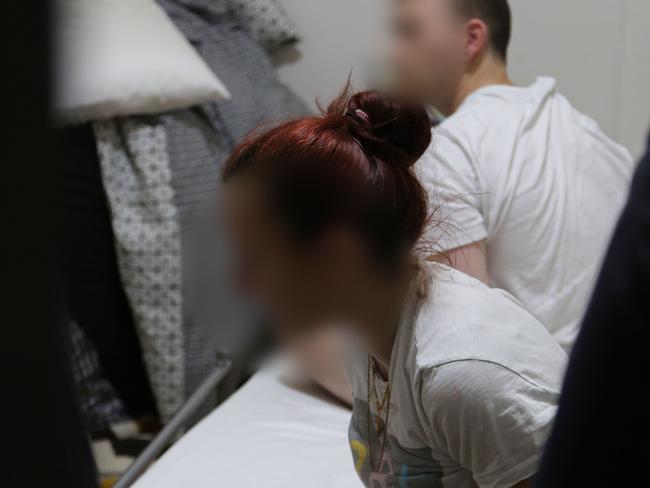
“Use of cannabis is not a type of offence that presents itself to police. If the number of offenders have increased it does not suggest there is an increased level of use — we know from other data sources that the level of cannabis use has fallen over the last few years,” Dr Clancey said.
Australian and New Zealand Society of Criminology ex-president (2012-2016) Professor Rick Sarre of the University of South Australia said cannabis cautions were a “useful control order”.
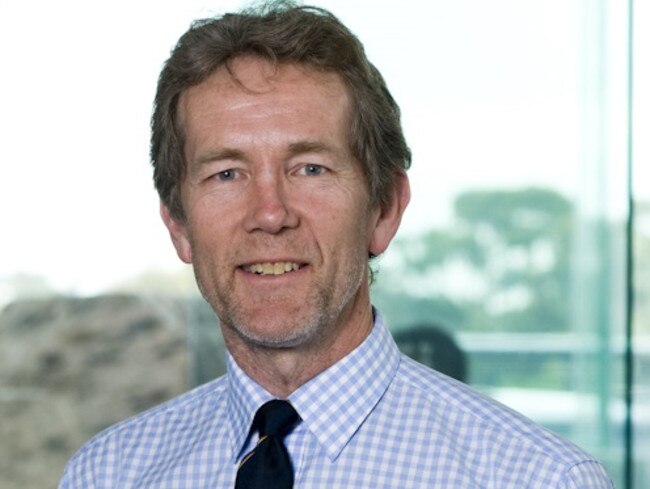
“A cannabis caution allows you to get your information: name, address and finger prints to build a database and if something happens later, you have their information,” Prof Sarre said.
“It’s a tool for keeping tabs on an itinerant population and to build figures, if you want productivity, if they (police) can pull in a hundred cautions — it’s an easy get. People don’t complain about it.
“But if it goes into ice or malicious damage (charges), then we see them (POIs) running into a legal aid office and police have to talk to lawyers. No one’s going to complain to a lawyer about a cannabis caution.”
CANNABIS POSSESS/USE REPORTS & POIS IN NSW (2011 TO MARCH 2017):
Source: NSW Bureau of Crime Statistics
DRUG SUPPLY & ARRESTS BOTH HIGHER
The Illicit Drug Data Report, released in June 2017, by the Australian Criminal Intelligence Commission (ACIC) found illicit drug use and supply is increasing, with arrests up 87.6 per cent over the decade, from 82,389 in 2006/7 to a record 154,538 in 2015/6.
The number of detections of cannabis, cocaine, GBL, GHB and ketamine at the Australian border were the highest on record in 2015/16 and drug seizures have increased 84.7 per cent over the past decade.
BOCSAR data shows reports to or by police of drug offences are up 7.8 per cent per year over six years to March 2017, with use/possess cocaine up 24.9% per year, use/possess cannabis up 3.8% per year, use/possess amphetamines up 19.3% per year.
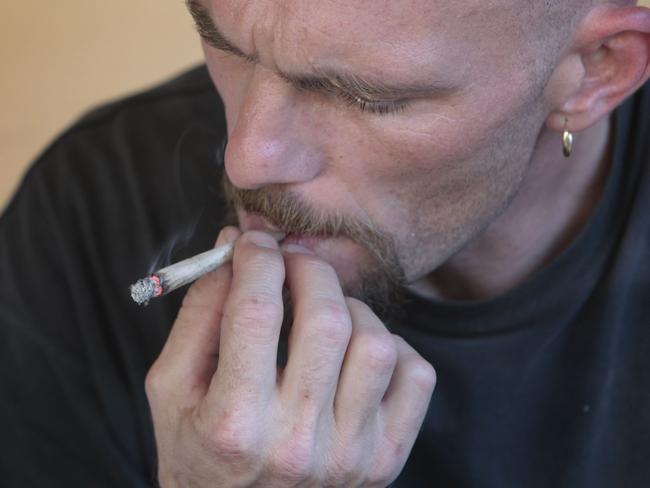
Deal/traffic cannabis is stable over the same period but deal/traffic amphetamines is up 15.8% per year and deal/traffic cocaine is up 18.7% per year.
The Drug Use Monitoring in Australia (DUMA) program tests and asks Australian police detainees about their drug use. It found the proportion of police detainees testing positive for cannabis increased from 43.1 per cent in 2014/15 to 44.4 per cent in 2015/16.
Self-reported recent use of cannabis also increased, from 56.2 per cent in 2014/15 to 58.3 per cent in 2015/16.
AMPHETAMINES ALSO ON THE RISE
Across Australia, arrests for amphetamine-related offences increased 213 per cent over the decade to 2015/6, (from 15,216 in 2006/7 to a record 47,625 in 2015/6), the ACIC found.
The proportion of national illicit drug arrests related to amphetamines is up from 18.5 per cent in 2006/7 to 30.8 per cent in 2015/16.
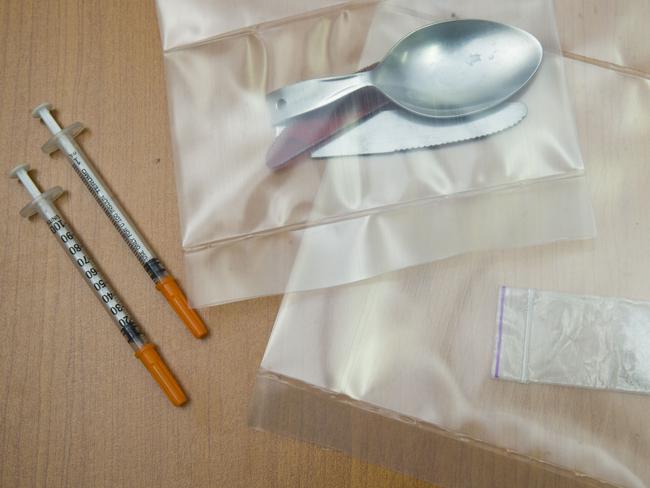
Dr Clancey said despite the increased use of amphetamines there is not an “ice epidemic”.
“Policing frequently is decided by requests and responses to public policy and media debates for example. With the ice epidemic there’s more focus on police drug detection efforts,” he said.
“If you look at the strict definition of an epidemic, it’s hard to say what’s happening with methamphetamine is an epidemic.”
“There is increased use within a small cohort that seems to be using significant amounts of methamphetamine but it doesn’t appear to be a major penetration across the community.
AMPHETAMINE POSSESSION REPORTS AND POIS (2011 — MARCH 2017):
Source: NSW Bureau of Crime Statistics
“It is causing problems for law enforcement, prisons and others and it is a problem for users but does it deserve the level of attention it’s received? That’s open to debate.
“If you look at the harm of illicit substances, it (ice use and harm) seems disproportionate, more people die from tobacco and alcohol ... more police resources are focused on late night (alcohol fuelled) crime than methamphetamine, yes it’s a concern, is it as big a concern as other concerns? Probably not. Should it be tagged an epidemic? Probably not.”
ICE USE IN PRISONS
Both the proportion of detainees testing positive for and self-reported use of ice is up and it overtook cannabis to become the most commonly detected and reported illicit drug used by police detainees in Australia in 2015/16, DUMA found.
Incidents of ice use/possession on prison grounds in NSW has more than tripled since 2011 when police reported 52 incidents, while last year there were 169 reports.
Prof Sarre said the drug bust numbers at prisons imply the police minister is telling officers to focus on prisons, and “every baby and nappy is being searched for drugs” coming in to prisons.
“People who are addicted to drugs are unlikely to get treatment in the short term behind bars, and they will usually find a conduit (for drugs) into the prison,” Prof Sarre said.
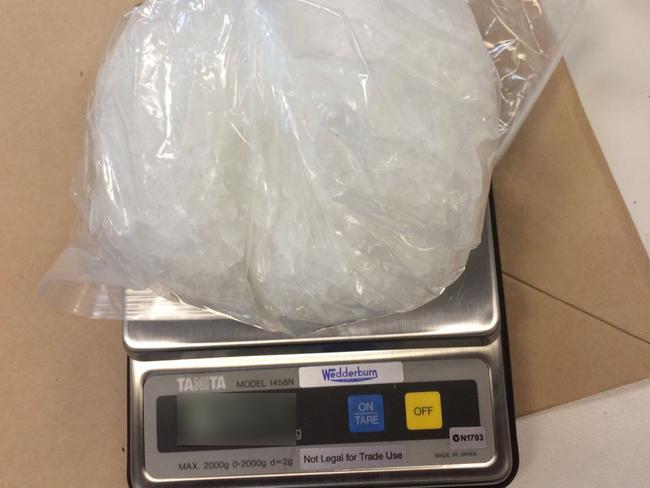
Wastewater sampling data shows there is much higher use of drugs in prisons than the general population, he said.
A corrective services spokesman said the increase in ice detections was due “in part” to the work of staff detecting and preventing contraband as well as the fact there are 32 per cent more prisoners in NSW jails now than in 2011.
“Better policing and tougher sentencing have resulted in an unprecedented surge in inmate numbers, and with this comes increases in contraband being seized and in reported incidents,” the spokesman said.
“The current prison population in NSW is around 13,000, while almost 26,000 inmates went through the CS custodial system in 2016-17.
“The Government is investing $3.8 billion over four years to create additional capacity within the prison system and to hire new staff.
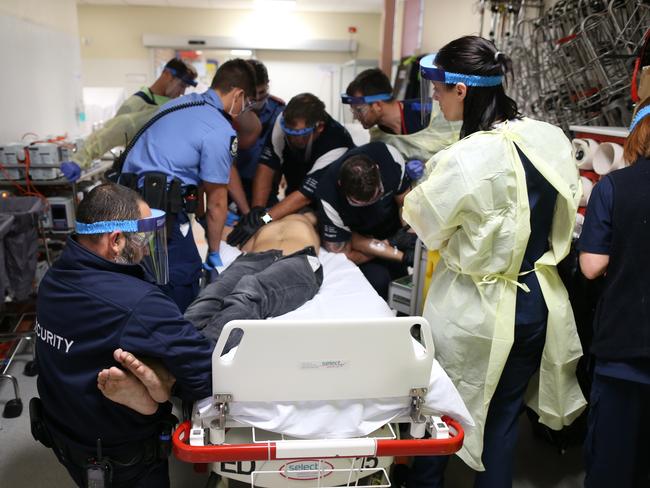
“This strategy increased searches at or after lock-in time and focuses on inmates who are known or suspected drug users, based on corrections intelligence and urinalysis results.
“Daily searches are carried out at correctional centres, in addition to searches by the Security Operations Group.”
Corrective Services NSW does not collate statistics on specific types of drugs seized from inmates, “as in some cases this would involve expensive laboratory testing”, the spokesman said.
The proportion of detainees testing positive for heroin has almost halved since 2006/7, and was 5.7 per cent in 2015/6 — the lowest proportion reported in a decade, DUMA found.
Numbers of POIs are inflated for suburbs that have jails in them which are in Aldavilla, Bathurst, Berkshire Park, Brewarrina, Broken Hill, Cessnock, Cooma, Emu Plains, Glen Innes, Goulburn, Grafton, Ivanhoe, Junee, Kariong, Kirkconnell, Lithgow, Malabar, Mannus, Matraville, Muswellbrook, Nowra Hill, Parklea, Shooters Hill, Silverwater, Tamworth, Unanderra, Wellington and Oberon.


